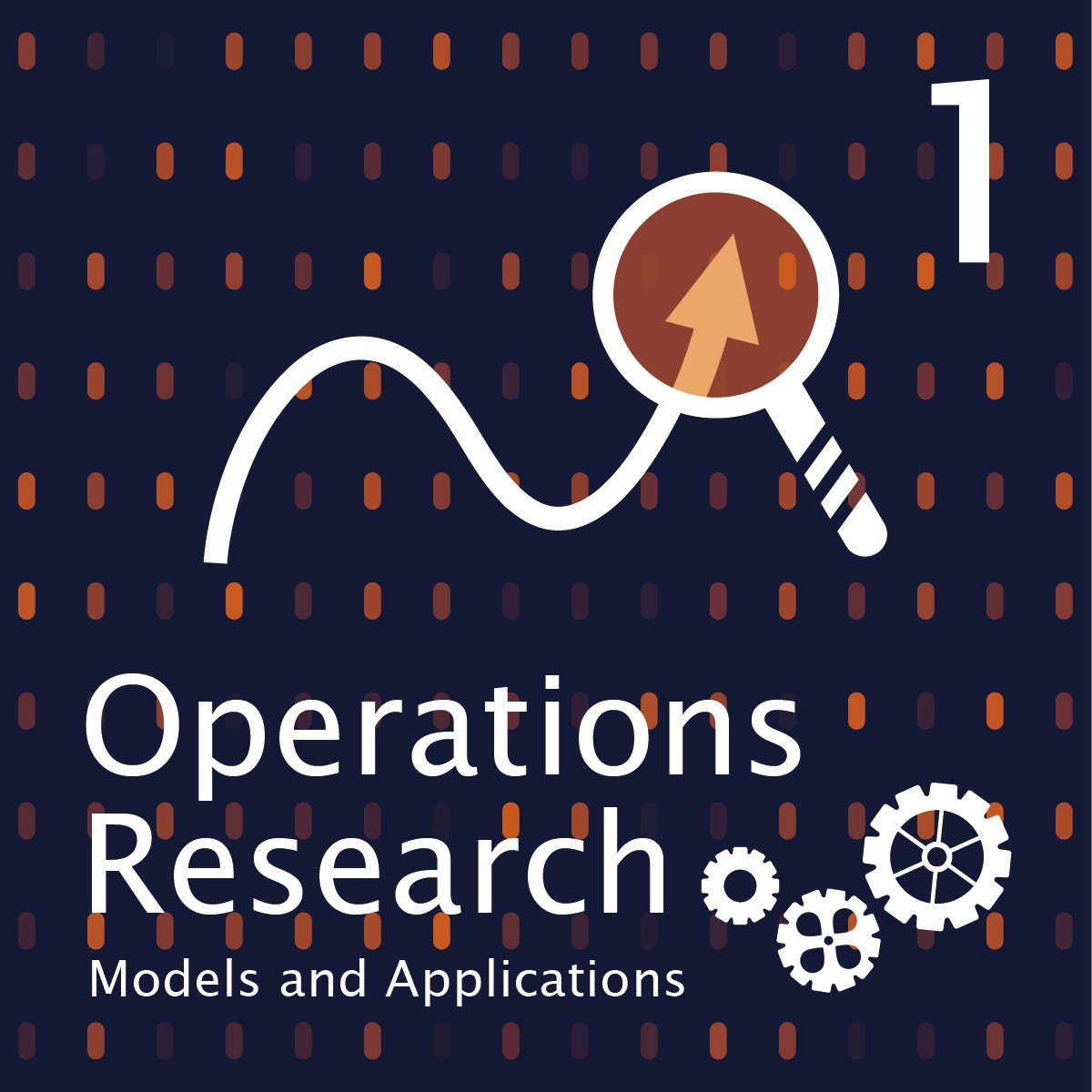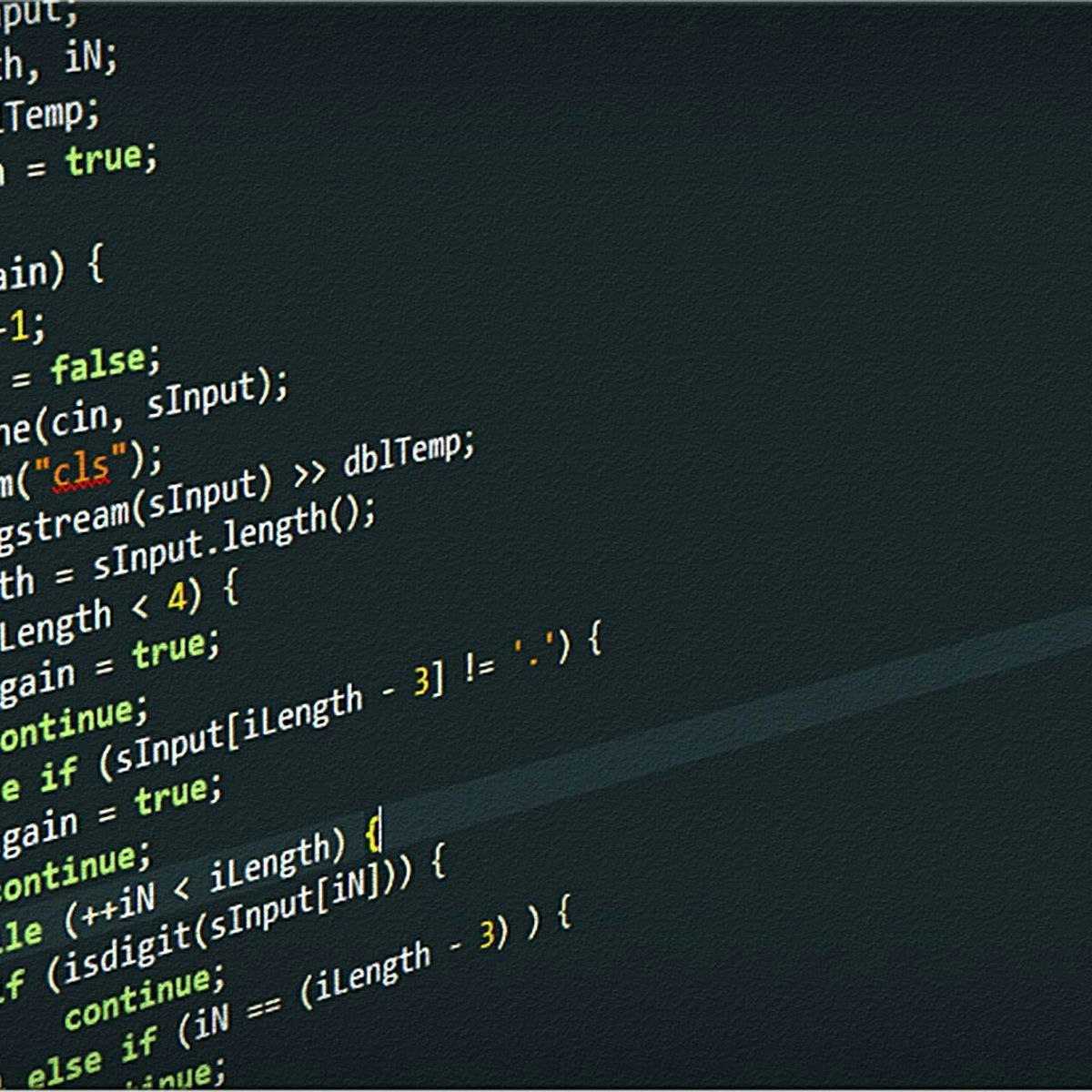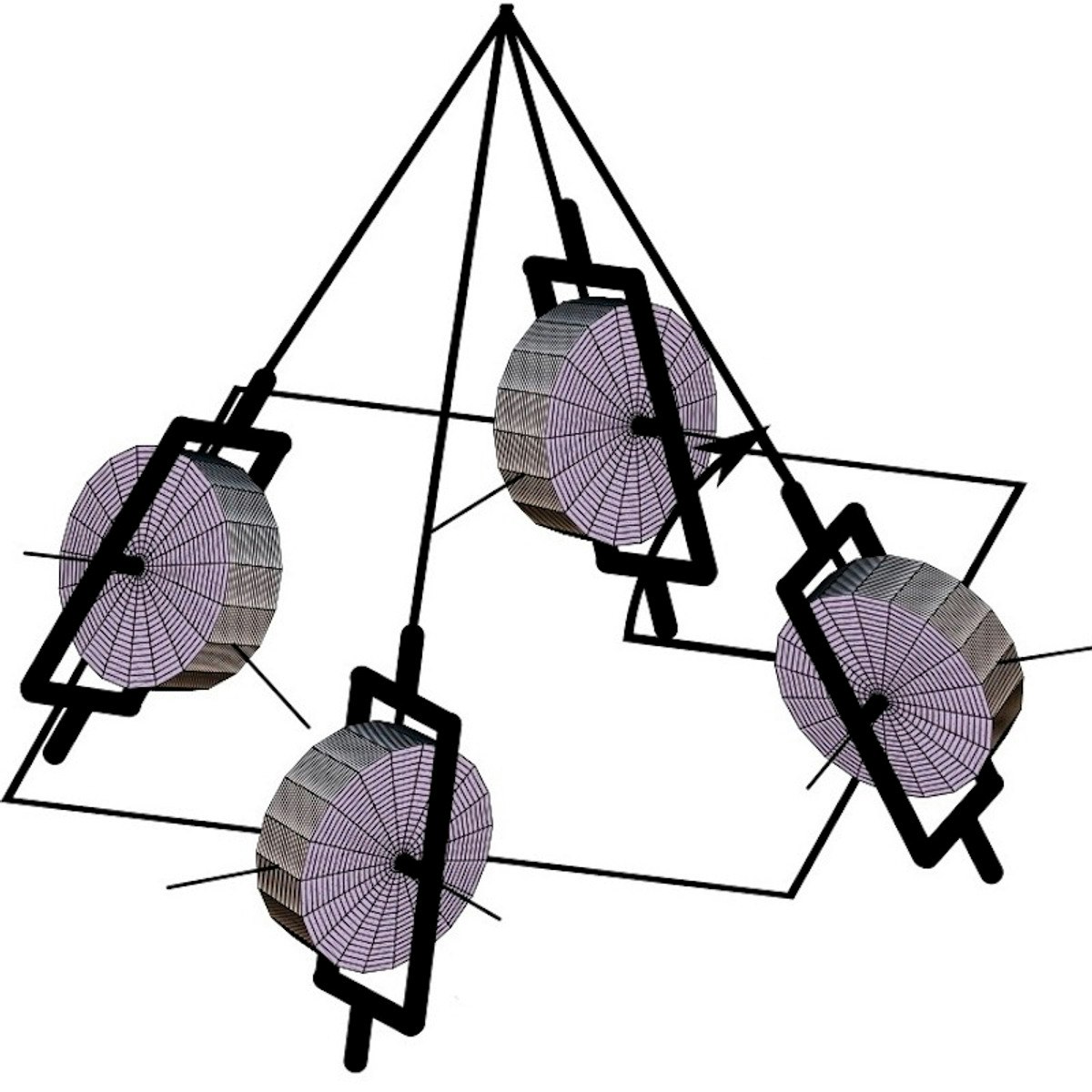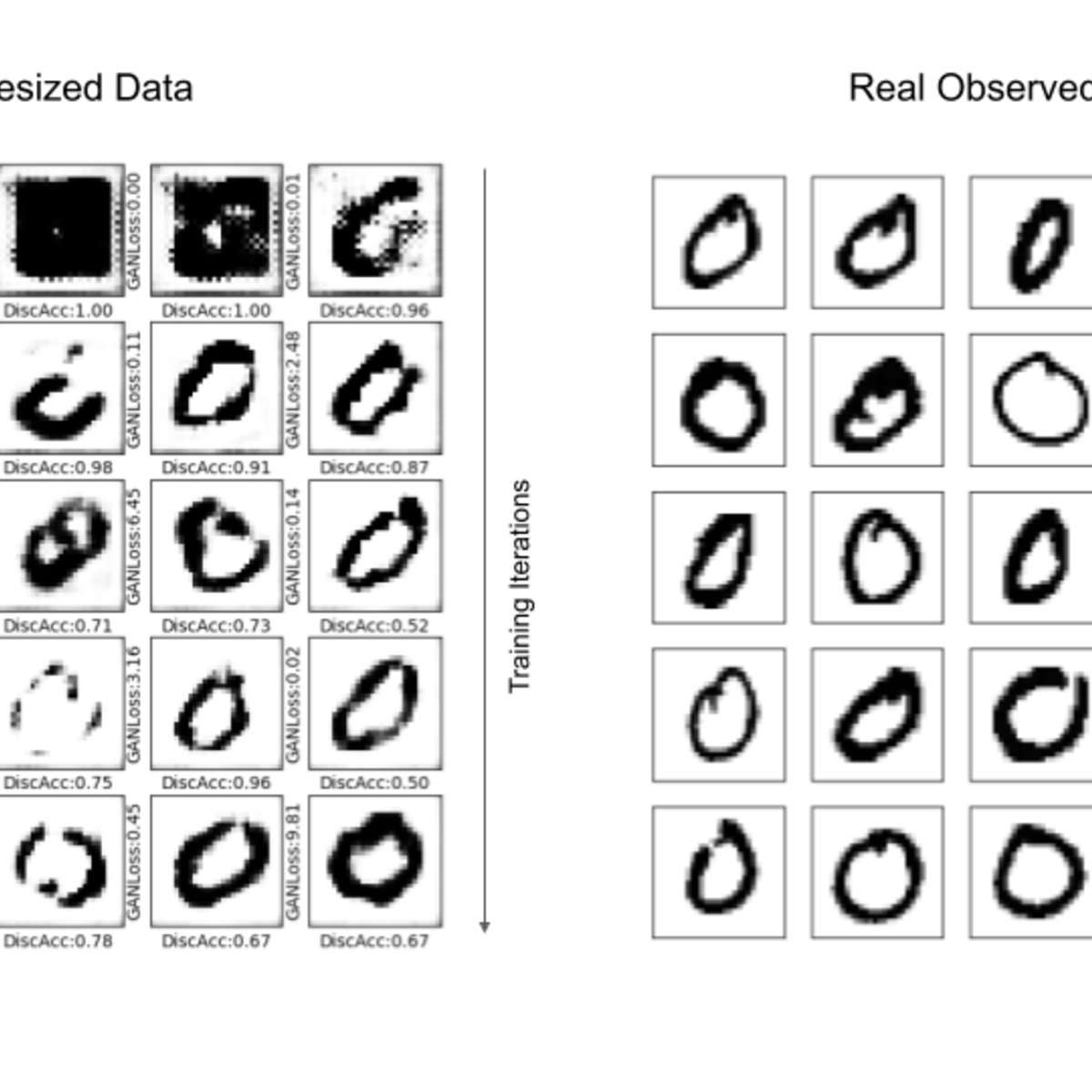Back to Courses









Algorithms Courses - Page 23
Showing results 221-230 of 326

Fundamentals of Machine Learning in Finance
The course aims at helping students to be able to solve practical ML-amenable problems that they may encounter in real life that include: (1) understanding where the problem one faces lands on a general landscape of available ML methods, (2) understanding which particular ML approach(es) would be most appropriate for resolving the problem, and (3) ability to successfully implement a solution, and assess its performance.
A learner with some or no previous knowledge of Machine Learning (ML) will get to know main algorithms of Supervised and Unsupervised Learning, and Reinforcement Learning, and will be able to use ML open source Python packages to design, test, and implement ML algorithms in Finance.
Fundamentals of Machine Learning in Finance will provide more at-depth view of supervised, unsupervised, and reinforcement learning, and end up in a project on using unsupervised learning for implementing a simple portfolio trading strategy.
The course is designed for three categories of students:
Practitioners working at financial institutions such as banks, asset management firms or hedge funds
Individuals interested in applications of ML for personal day trading
Current full-time students pursuing a degree in Finance, Statistics, Computer Science, Mathematics, Physics, Engineering or other related disciplines who want to learn about practical applications of ML in Finance
Experience with Python (including numpy, pandas, and IPython/Jupyter notebooks), linear algebra, basic probability theory and basic calculus is necessary to complete assignments in this course.

Operations Research (1): Models and Applications
Operations Research (OR) is a field in which people use mathematical and engineering methods to study optimization problems in Business and Management, Economics, Computer Science, Civil Engineering, Industrial Engineering, etc. This course introduces frameworks and ideas about various types of optimization problems in the business world. In particular, we focus on how to formulate real business problems into mathematical models that can be solved by computers.

Algorithms, Part I
This course covers the essential information that every serious programmer needs to know about algorithms and data structures, with emphasis on applications and scientific performance analysis of Java implementations. Part I covers elementary data structures, sorting, and searching algorithms. Part II focuses on graph- and string-processing algorithms.
All the features of this course are available for free. It does not offer a certificate upon completion.

Genomic Data Science and Clustering (Bioinformatics V)
How do we infer which genes orchestrate various processes in the cell? How did humans migrate out of Africa and spread around the world? In this class, we will see that these two seemingly different questions can be addressed using similar algorithmic and machine learning techniques arising from the general problem of dividing data points into distinct clusters.
In the first half of the course, we will introduce algorithms for clustering a group of objects into a collection of clusters based on their similarity, a classic problem in data science, and see how these algorithms can be applied to gene expression data.
In the second half of the course, we will introduce another classic tool in data science called principal components analysis that can be used to preprocess multidimensional data before clustering in an effort to greatly reduce the number dimensions without losing much of the "signal" in the data.
Finally, you will learn how to apply popular bioinformatics software tools to solve a real problem in clustering.

Java Decision Programming
In Java, as in other programming languages, a decision construct is used to control the sequence of instructions that are executed under certain conditions. It allows the programmer the power to take certain actions based on various input conditions.
In this project you will create an application that yields a zodiac sign based on an input of birth month and day.
Note: This course works best for learners who are based in the North America region. We’re currently working on providing the same experience in other regions.

Create C Control Constructs using DevC++
By the end of this project you will implement a C program that determines how many words, characters, and lines are in a file using C control constructs.
The C programming language is the basis for many other programming languages. Its syntax has been used in languages such as C++, Java, and C# to name a few. All these languages utilize control constructs such as the decision constructs and loop constructs. C is still the language of choice for writing Operating systems, games, and many other applications where performance is critical.
Note: This course works best for learners who are based in the North America region. We’re currently working on providing the same experience in other regions.
Analytical Mechanics for Spacecraft Dynamics
This course is part 2 of the specialization Advanced Spacecraft Dynamics and Control. It assumes you have a strong foundation in spacecraft dynamics and control, including particle dynamics, rotating frame, rigid body kinematics and kinetics. The focus of the course is to understand key analytical mechanics methodologies to develop equations of motion in an algebraically efficient manner. The course starts by first developing D’Alembert’s principle and how the associated virtual work and virtual displacement concepts allows us to ignore non-working force terms. Unconstrained systems and holonomic constrains are investigated. Next Kane's equations and the virtual power form of D'Alembert's equations are briefly reviewed for particles.
Next Lagrange’s equations are developed which still assume a finite set of generalized coordinates, but can be applied to multiple rigid bodies as well. Lagrange multipliers are employed to apply Pfaffian constraints.
Finally, Hamilton’s extended principle is developed to allow us to consider a dynamical system with flexible components. Here there are an infinite number of degrees of freedom. The course focuses on how to develop spacecraft related partial differential equations, but does not study numerically solving them. The course ends comparing the presented assumed mode methods to classical final element solutions.

Python Basics: Create a Guessing Number Game from Scratch
By the end of this project, you will create a simple interactive game written in Python language. You will learn and apply basic concepts of programming like: (Data types, variables, conditional and Iterative statements) that will assist you to reach the aim of being able to code your own games and daily tasks in python.
Python language is one of the most accessible programming languages available because of Its simplified syntax that gives emphasis on natural language. It is highly used in machine learning and data science applications which are some of the biggest trends in computer science right now. It is also supported by many corporations such as Facebook and Amazon. It is specially adapted by Google making it the number one choice for many programmers and engineers.
Note: This course works best for learners who are based in the North America region. We’re currently working on providing the same experience in other regions.

Understanding Deepfakes with Keras
In this 2-hour long project-based course, you will learn to implement DCGAN or Deep Convolutional Generative Adversarial Network, and you will train the network to generate realistic looking synthesized images. The term Deepfake is typically associated with synthetic data generated by Neural Networks which is similar to real-world, observed data - often with synthesized images, videos or audio. Through this hands-on project, we will go through the details of how such a network is structured, trained, and will ultimately generate synthetic images similar to hand-written digit 0 from the MNIST dataset.
Since this is a practical, project-based course, you will need to have a theoretical understanding of Neural Networks, Convolutional Neural Networks, and optimization algorithms like Gradient Descent. We will focus on the practical aspect of implementing and training DCGAN, but not too much on the theoretical aspect. You will also need some prior experience with Python programming.
This course runs on Coursera's hands-on project platform called Rhyme. On Rhyme, you do projects in a hands-on manner in your browser. You will get instant access to pre-configured cloud desktops containing all of the software and data you need for the project. Everything is already set up directly in your internet browser so you can just focus on learning. For this project, you’ll get instant access to a cloud desktop with Python, Jupyter, and Tensorflow pre-installed.
Notes:
- You will be able to access the cloud desktop 5 times. However, you will be able to access instructions videos as many times as you want.
- This course works best for learners who are based in the North America region. We’re currently working on providing the same experience in other regions.

Justice and Equity in Technology Policy
More than ever, technology is shaping, and being shaped by, public policy. This has an enormous impact, particularly for marginalized communities. The artificial intelligence and computer algorithms increasingly driving government and industry decisions—from the allocation of social services to hiring—are reflecting and reinforcing social biases towards women, people of color, and disabled people, among others. Global climate change is having a disproportionately negative impact on low- and middle-income countries, and on historically disadvantaged communities of color in the United States. Communities are increasingly concerned they are not benefiting from government research funding, and that the regulation of emerging technologies is inadequate.
The interconnectedness of technology, policy, and equality raises crucial questions for scientists, technologists, and leaders in public policy, civil society, and industry. How can technology be built, implemented, and governed more equitably? How can the concerns of marginalized communities be integrated better into technology and related policies? How should community knowledge and concerns be integrated with technical expertise and scientific evidence in the development of public policies?
This course will center equity and justice in the development and implementation of technology and science public policies. In particular, we aim to help learners understand how inequities can become embedded in technology, and associated policies, and how this can be addressed.
Combining real-world cases with scholarly insights, this course introduces learners to these challenges and offers tools for navigating them. You will learn about:
- The landscape of technology policymaking
- How technology, and related policies both reflect and reinforce social values, biases and politics
- The power and limitations of technology in solving social problems
- New ways to think about “experts” and “publics”
- The politics of innovation policy
The course is designed for people from diverse professional, advocacy, and academic backgrounds. No scientific, technical, or policy background is necessary.
Popular Internships and Jobs by Categories
Browse
© 2024 BoostGrad | All rights reserved


